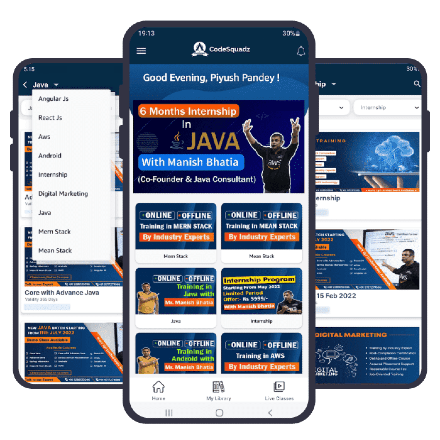Digital Marketing Training with UI UX
Combining digital marketing training with UI/UX design can create a powerful skill set for enhancing user engagement, optimizing conversion rates, and improving overall customer experience. Here’s a guide to what such a training program might include:
1. Introduction to Digital Marketing
Overview of Digital Marketing: Understanding the digital landscape, including channels such as SEO, SEM, social media, email marketing, and content marketing.
Marketing Strategies: How to develop and implement effective marketing strategies.
Analytics and Metrics: Learning about tools like Google Analytics, and understanding KPIs, conversion rates, and other important metrics.
2. SEO (Search Engine Optimization)
On-Page SEO: Keywords, meta tags, content optimization.
Off-Page SEO: Backlinks, social signals, and other off-site strategies.
Technical SEO: Website speed, mobile-friendliness, and other technical factors.
3. Content Marketing
Content Creation: Writing blog posts, creating videos, and designing infographics.
Content Strategy: Planning, scheduling, and promoting content.
Content Optimization: SEO for content, using keywords, and analytics to measure content performance.
4. Social Media Marketing
Platforms: Overview of major platforms (Facebook, Twitter, Instagram, LinkedIn, etc.).
Content Creation: Creating engaging posts, stories, and ads.
Analytics: Measuring engagement, reach, and ROI.
5. Email Marketing
Campaign Strategy: Building email lists, creating newsletters, and automated email sequences.
Design and Content: Best practices for email design and content.
Analytics: Open rates, click-through rates, and conversions.
6. Paid Advertising (PPC)
Google Ads: Creating and managing campaigns.
Social Media Ads: Facebook, Instagram, LinkedIn, and Twitter ads.
Analytics: Measuring ad performance and ROI.
7. Introduction to UI/UX Design
UI vs. UX: Understanding the differences and how they complement each other.
Design Principles: Key principles of user interface design.
User Research: Conducting user research to inform design decisions.
8. Wireframing and Prototyping
Tools: Using tools like Sketch, and Figma.
Process: Creating wireframes and prototypes to test design ideas.
Usability Testing: Conducting tests to gather user feedback.
9. Design Thinking and User-Centered Design
Design Thinking: The process of empathizing, defining, ideating, prototyping, and testing.
User-Centered Design: Focusing on the user at every stage of the design process.
10. UI Design
Visual Design: Color theory, typography, and iconography.
Responsive Design: Designing for different devices and screen sizes.
Design Systems: Creating a cohesive design system for consistency.
11. UX Design
Information Architecture: Structuring and organizing content.
Interaction Design: Designing interactive elements like buttons, forms, and navigation.
Accessibility: Ensuring designs are accessible to all users.
12. Integrating UI/UX with Digital Marketing
Landing Pages: Designing and optimizing landing pages for better conversion rates.
User Journeys: Mapping and optimizing user journeys to enhance the user experience.
A/B Testing: Using A/B testing to improve design and marketing effectiveness.
13. Project Work
Real-world Projects: Working on real-world projects to apply what you've learned.
Helpful Frequently Asked Questions (FAQs)
Digital Marketing Training with UI UX


You will Get:
- Live Project Training
- Problem Solving Session
- IT Company Exp. Certificate
- Knowledge of AWS
- Placement Assistance
- 24x7 Support





.png)


.png)


